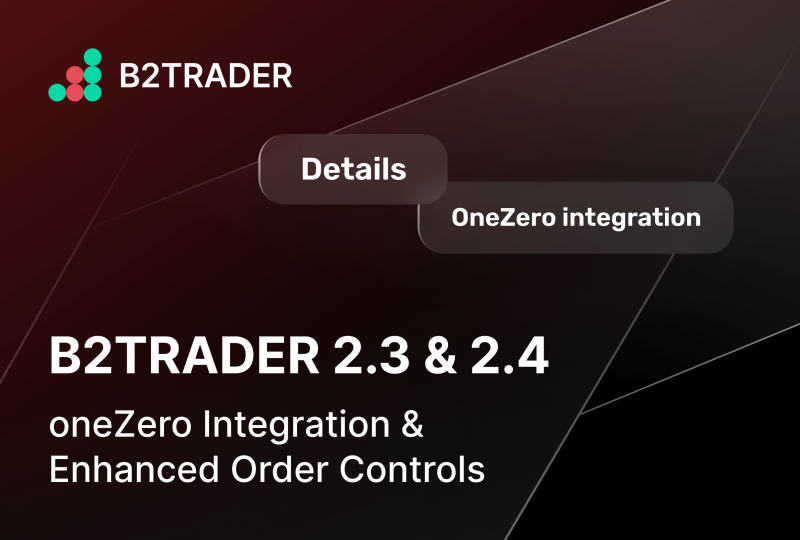November Consumer Price Index: What to Know This Week
Dec 06, 2021

Investors will be looking for information on the Omicron strain and inflation this week. Last week, market volatility was fueled by concerns about each of these causes.
The two are inextricably linked. Many people are concerned that a new wave of the coronavirus would cause a slowdown in consumer mobility and spending, affecting economic activity and company profitability. Vaccine developers and other researchers have yet to identify the amount of Omicron's transmissibility and the severity of the sickness produced by the variation, and whether it is at least partially resistant to current vaccinations.
Despite these virus-related concerns, monetary authorities have indicated that they are prepared to reduce monetary policy stimulus that had kept the economy afloat for more than a year and a half throughout the epidemic. This situation comes as inflationary tendencies have proven to be more stubborn than initially anticipated, even though tighter monetary policy might assist to alleviate rising costs.
The Labor Department will release its November Consumer Price Index (CPI) on Friday, giving investors an updated look at the health of inflation later this week. Despite the Federal Reserve's preference for the core personal consumption expenditures (PCE) index to measure inflation, the CPI has been an important data point in determining the magnitude of price rises affecting Main Street consumers.
The CPI for November is projected to be hot once more. Economists on the consensus predict the CPI will grow 0.7 percent month over month in November, compared to 0.9 percent in October. This would be the 18th month in a row that the CPI has risen.
The CPI is forecast to climb at a faster pace of 6.7 percent, up from 6.2 percent in October on a year-over-year basis. This would be the biggest jump since 1982.
Excluding more volatile food and energy costs, the CPI is expected to have increased by 4.9 percent over the previous year, up from 4.6 percent in October and the fastest increase since 1991.
In recent months, the CPI has risen across the board, with supply chain restrictions and labor shortages affecting a wide range of industries, forcing many businesses to pass on more costs to their customers. Recent increases in energy and commodity costs have also significantly impacted the headline CPI, with fuel oil prices climbing 12.3% month over month in October. Nevertheless, natural gas prices rose by 6.6 percent, the largest monthly increase since 2014. Used automobile and truck prices, which had fallen in August and September after soaring earlier during the reopening amid a boost in mobility, reversed direction in October to climb again.
"We're in the midst of the third wave of suffering, and it has nothing to do with COVID. Last month's October CPI data revealed a 2.5 percent increase in used vehicle costs, which added 10bp [basis points] to the 0.6 percent increase in new car prices. "In a note, Michelle Meyer, Bank of America's top U.S. economist, wrote: "oader core CPI." "Unfortunately, this might just be the start."
"Aside from automobiles, we check for rising prices in a variety of product categories, including household furniture, clothes, and recreational items," she noted. "Supply chains continue to be hampered by bottlenecks, prompting several retailers to start Christmas sales earlier this year, in October. Given the seasonality, October prices were most likely skewed downward, whereas November prices should be skewed upward. Due to reduced inventory, retailers may have provided fewer discounts than in prior years."
For investors, the current high levels of inflation signal that the Federal Reserve may need to raise interest rates quicker than previously predicted to reduce price increases. This week, members of the Federal Open Market Committee (FOMC) will be in a blackout period ahead of their December meeting, during which many market players expect the central bank to vote to quicken the pace of asset-purchase tapering coming forward.
After purchasing $120 billion a month in agency mortgage-backed securities and U.S. Treasuries since the peak of the crisis last year, the Fed decided to cut its asset-purchase program by about $15 billion per month in November.
Last week, he stated that he had seen "a very strong economy with extremely substantial inflationary pressures." He also stated that the term "transitory" was most likely used to characterize inflation. And other Fed officials discussed the tapering process in the context of a firming economy and increasing prices.
"The Fed barely started tapering its QE [quantitative easing] program a month ago, and while the phrasing was changed slightly, November's announcement still emphasized that strong inflation was likely to be mainly temporary. Since the last policy meeting, we've learned that core inflation rose faster than expected in October, and job growth was still strong," the chief North American economist, Paul Ashworth, wrote in a note on Friday. "It is not immediately apparent that price pressures have risen significantly in recent weeks. More than anything, this shift in tone reflects Fed officials are finally accepting what we thought was obvious six months ago."




